By Jennifer J. Johnson
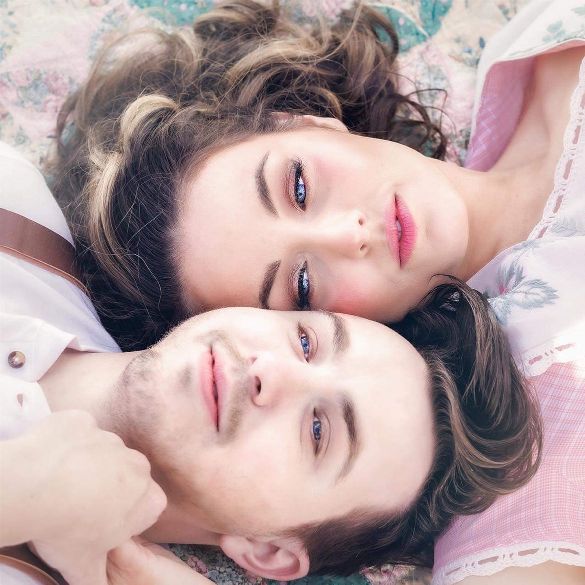
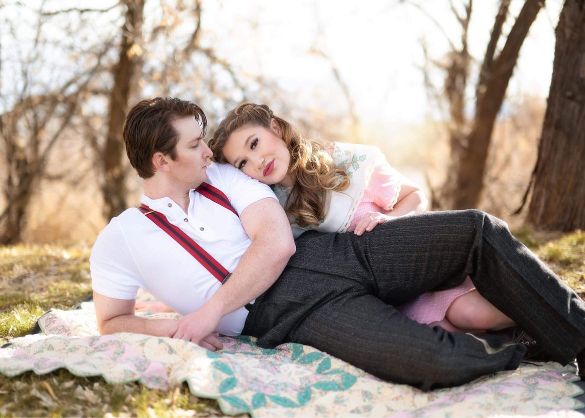
Front Row Reviewers had the delightful opportunity to see the wonderful, hope inspiring Bright Star at the cozy Hopebox Theatre playing in Kaysville. From the name of the show itself, one would speculate that Bright Star is musical theater well-suited for Utah audiences. The speculation is spot-on.
Bright Star, presented now through April 15, is a production worthy of its shiny name, worthy of its five Tony Award nominations (including Best Musical for the 2016 season), and yes, worthy of Utah audiences. Front Row Reviewers attended the April 1 matinee, featuring one of two show casts – the “Teal” cast.
Bright Star is the story of decades-apart coming-of-age stories that end up combining with unexpected propinquity. (As referenced at the end of the show and highlighted by Hopebox director Karllen Johnson, “propinquity” is “the state of being close to someone or something.”)


The story begins with a World War II veteran Billy Cane (Josh Rogers) returning home and daring to become the writer he always dreamed of becoming, buoyed by a goo-goo-eyed, lovely looking and lovely sounding girl next door Margo Crawford (Rachel Winters). Cane also meets Alice Murphy (Jessica Andrus), a sharp-witted and sharper-tongued magazine editor and hopeful mentor who incidentally is a woman who fled her small-town Appalachian home to pursue her own dreams in business and shed her painful personal past. Veteran actress Andrus makes her Hopebox debut starring in the role of Alice Murphy. (Katelynn Ostler plays the role in the other cast.) Andrus has such a powerful voice (and Hopebox has excellent amplification technology), that she is able to fully project – even while seated.


Musical numbers such as the inspired Alice/Jimmy Ray duet “I Can’t Wait” are perfect vehicles for Andrus’s vocal range. “Sun’s Gonna Shine” is another exceptional vehicle, this time leveraging the broader cast. Same is true of the “At Long Last” number. Colton Ward as Jimmy Ray and Rogers as Billy perform aptly with Andrus as well as other members of the ensemble. Those two also express a unique on-stage association that is key to the show.
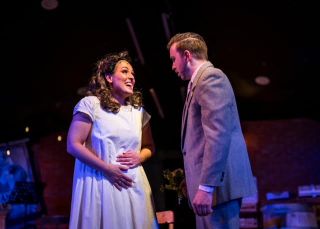
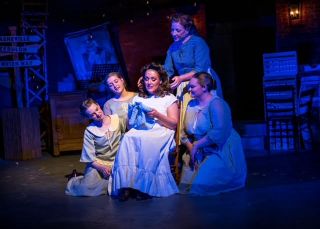
Hopebox’s Bright Star is a technically adept, well-cast and well-performed production of a great story with an inspiring message that resonates with our community: Pursuit of passion and creativity, paired with unconditional love and forgiveness. Not only do we get to enjoy the musicality (music director Dugan Brunker) and pleasing delight of costumes (Brighton Sloan, Lauri Baird, Sara Murphy), and choreography (Danica Davies), but we get to feel better about ourselves and the stunning strength of our own community.
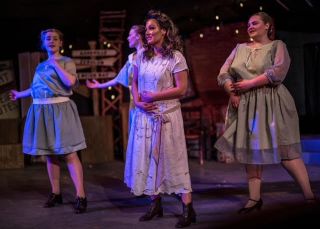

Sometimes, musical theater can drag. The show gets overly obsessed with itself and forgets the audience. Bright Star at Hopebox literally never has a slow moment. Ingenious, sparse set design (Tanaya Ropp) and stage management maintain a vibrant pace. This is a credit to Director Johnson and Stage Manager Chris Olson.
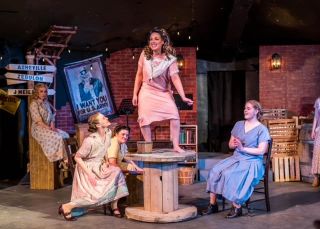

The production showcases two decades – the late 1920s and the mid 1940s. The production offers thoughtful, colorful, richly layered period clothing. Women’s hairstyles are period-appropriate, well-executed, and character-relevant. Lucy’s extravagant hair color? A perfectly fitted wig thanks to wig designer Kelsey Porter. Davies’ choreography is inspired. This is particularly evident in full-cast musical numbers, as well as nonchalant choreography to guide set changes and even within-the-scene costume changes (Alice’s transformation during the “Way Back in the Day” number.) Sal Duncan as Mama Murphy successfully appears much older than her actual self, thanks to great acting and makeup (Ali Arbuckle and Johnson). Paul Nielson as Mayor Josiah Dobbs very successfully pulls off a drunk scene, one of the most difficult challenges for actors to not over-act. Same is true for Steve Spackman with Daddy Cane’s cheerful character and ever-present slight limp: Understated but evident is the outcome. Character actors of note include Alice’s coworkers Laura Strong as spicy Lucy Grant and Hopebox newcomers Jake Oaklyn as Daryl Ames and Andrew Messer as Stanford. Actors worked to deliver accents worthy of rural Appalachia. The production team thoughtfully included Dialect Coach Liz Abbott.

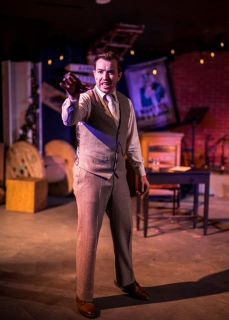
The show leverages theater’s tradition of muses, with three cast members serving as ladies-in-waiting, back-up singers, and overall muses to Alice. (The Playbill and likely the script refer to these three as “Spirits 1, 2, and 3.”) Careful attention to costuming allows these women to transition from muse role to general cast.
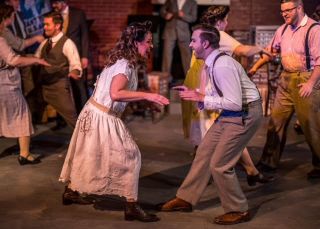
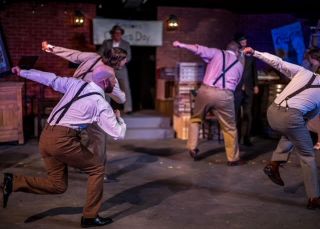
While we may not know Bright Star (it opened in San Diego, not Broadway, and had just over 100 performances), we likely know its story-telling and music-loving creators who carved their creative contributions decades earlier. These household-name creatives (at least for Baby Boomer households) are Steve Martin and Edie Brickell. While Martin is mainly known for 1970s-1980s comedy, his musical acumen is also well known. Brickell is a singer songwriter who made her mark in the 1980s-1990s. Martin’s and Brickell’s love of bluegrass shines through. Martin’s native banjo is accompanied with cello, mandolin, upright bass, and, of course, plenty of fiddle. Recorded music is taken to a delightful next level with live music from Dave Hollerback and Lexi Christensen, under the direction of first-time Music Director Brunker. The show is the musical-theater representation of their 2013 Grammy-winning bluegrass hit and album, Love Has Come for You.
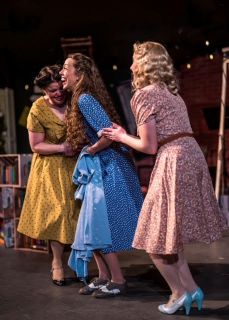
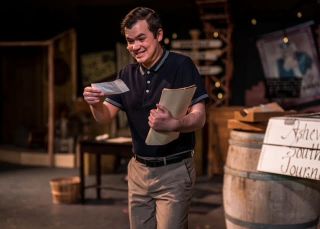
The final action of the play – between Nielson’s Mayor Dobbs and Ward’s Jimmy Ray – is a powerful, memorable, and expressively silent one. Impactful.
The Hopebox is its own building. When you enter? The delicious scent of popcorn greets. In terms of seats, the promise is true: Not a bad seat in the house. It is an intimate theater, with a “black box” feel. Hopebox Board of Directors and engaging associates welcome you and personally escort you to your seats. You feel like the valued patron and guest that you are. Hopebox Theatre is a unique Utah gem. A non-profit performing-arts company, Hopebox was founded by four-time cancer survivor Jan Williams who keeps waging her war against cancer by helping others. Each Hopebox production seeks a cancer warrior to support and crowd-source funds for through the productions. Guests at the production are reminded multiple times that 100 percent of the profits generated through each individual production go to support a “Wall of Hope” warrior with his, her, or their battle against cancer.
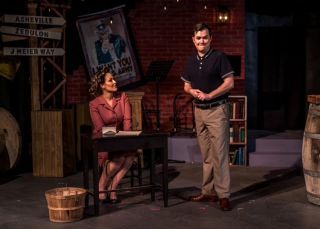

You will find yourself humming songs like “I Can’t Wait.” Bright Star is, after all, an award-worthy score. You will find yourself contemplating themes like the train and a defining action on the train – reportedly a true occurrence in historic Appalachia. The train takes Alice from her rural environs to her urban life and is a force that continues to impact her and others’ lives. Compelling. Bright Star only has a few more productions, so go see it, or see it again with the other cast. This show is for tweens and up as it has some sexual content, though it is not graphic at all. Bright Star is a lovely message of hope and redemption, and should be experienced by all who love a good love story, and hope for a happy ending.
The Hopebox Theatre presents Bright Star, by Steve Martin and Edie Brickell.
Hopebox Theatre, 1700 S Frontage Road, Kaysville, UT 84037
(Silver and Teal casts on alternating nights.)
Tickets: $16 to $20 (Discounts for children, seniors, and military. Extra cost for closing night.)
Contact: 801-451-5259, BoxOffice@HopeboxTheatre.com
Hopebox Theatre Facebook Page
Hopebox Theatre Website
Photo credit: Brighton Sloan and Lauri Baird
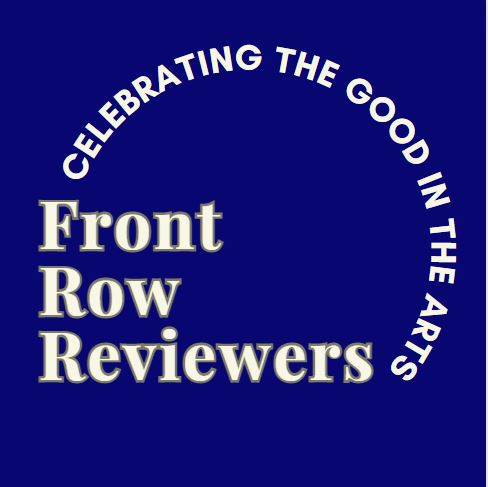
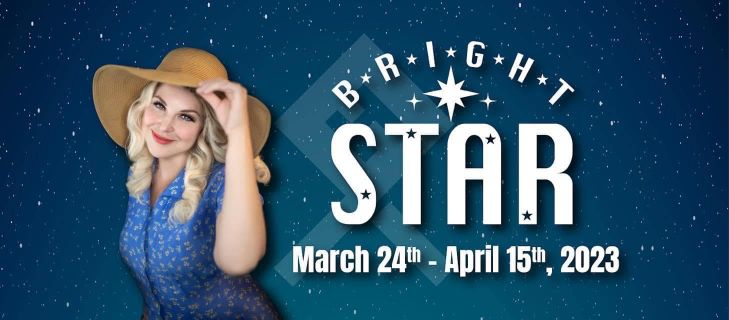
0 Comments